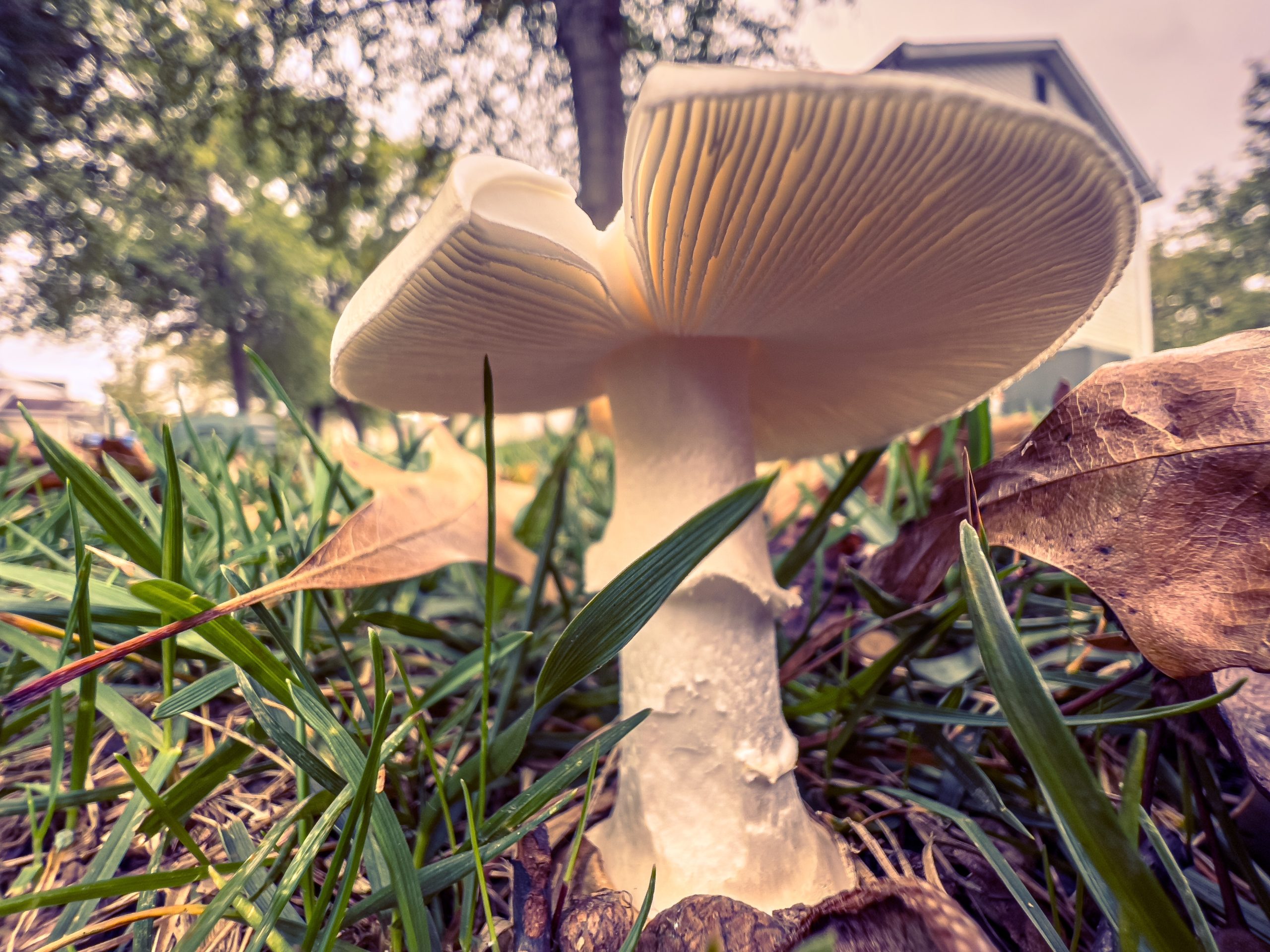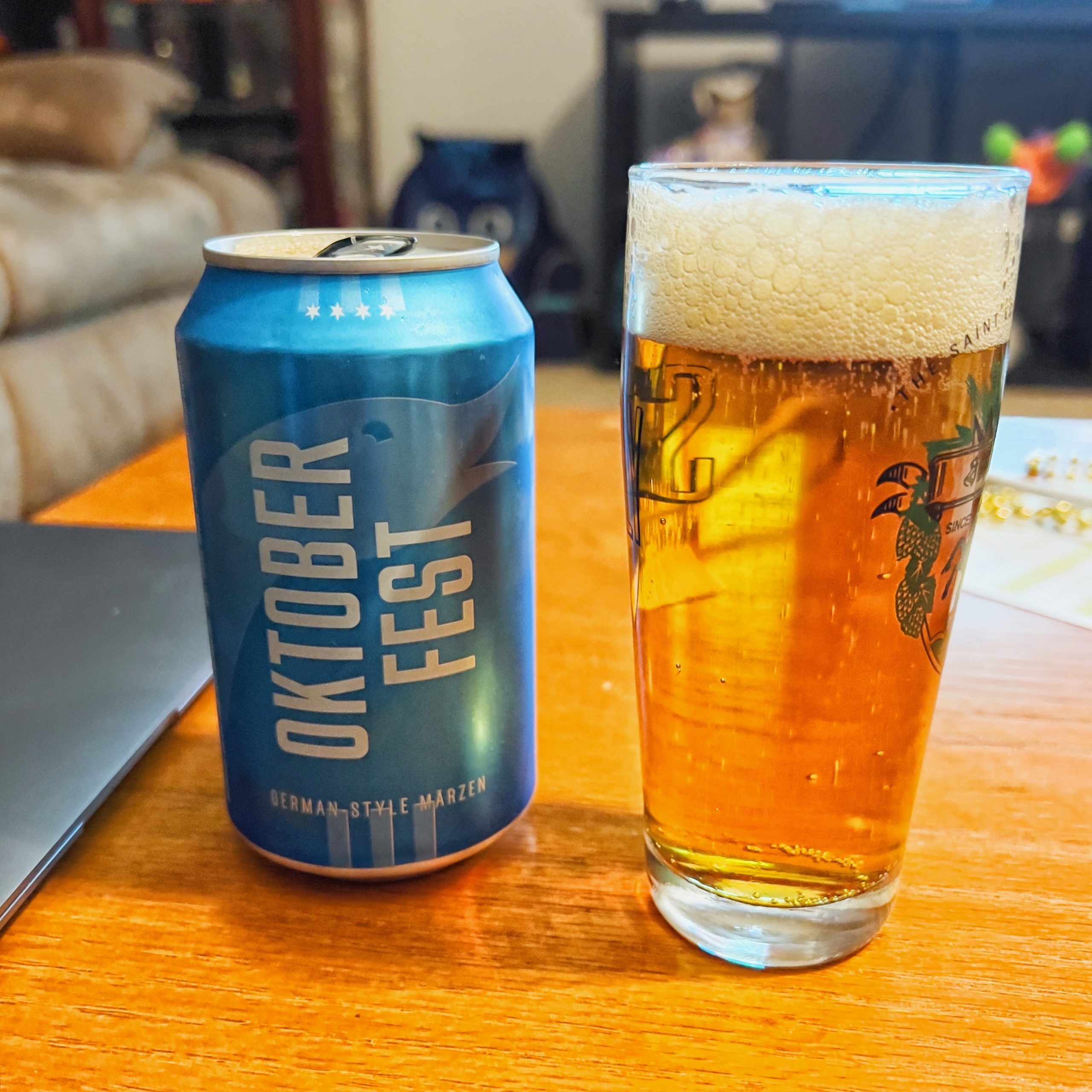Guys and Dolls, adjusted for inflation (from 1933): the $1 “solid gold watch” would be $21.44 today. Harry the Horse collected the $5,000 reward on his father (also Sky Masterson’s raindrop bet), over $100k today. $1,000 for the crap game at Joey Biltmore’s garage: >$21,000.
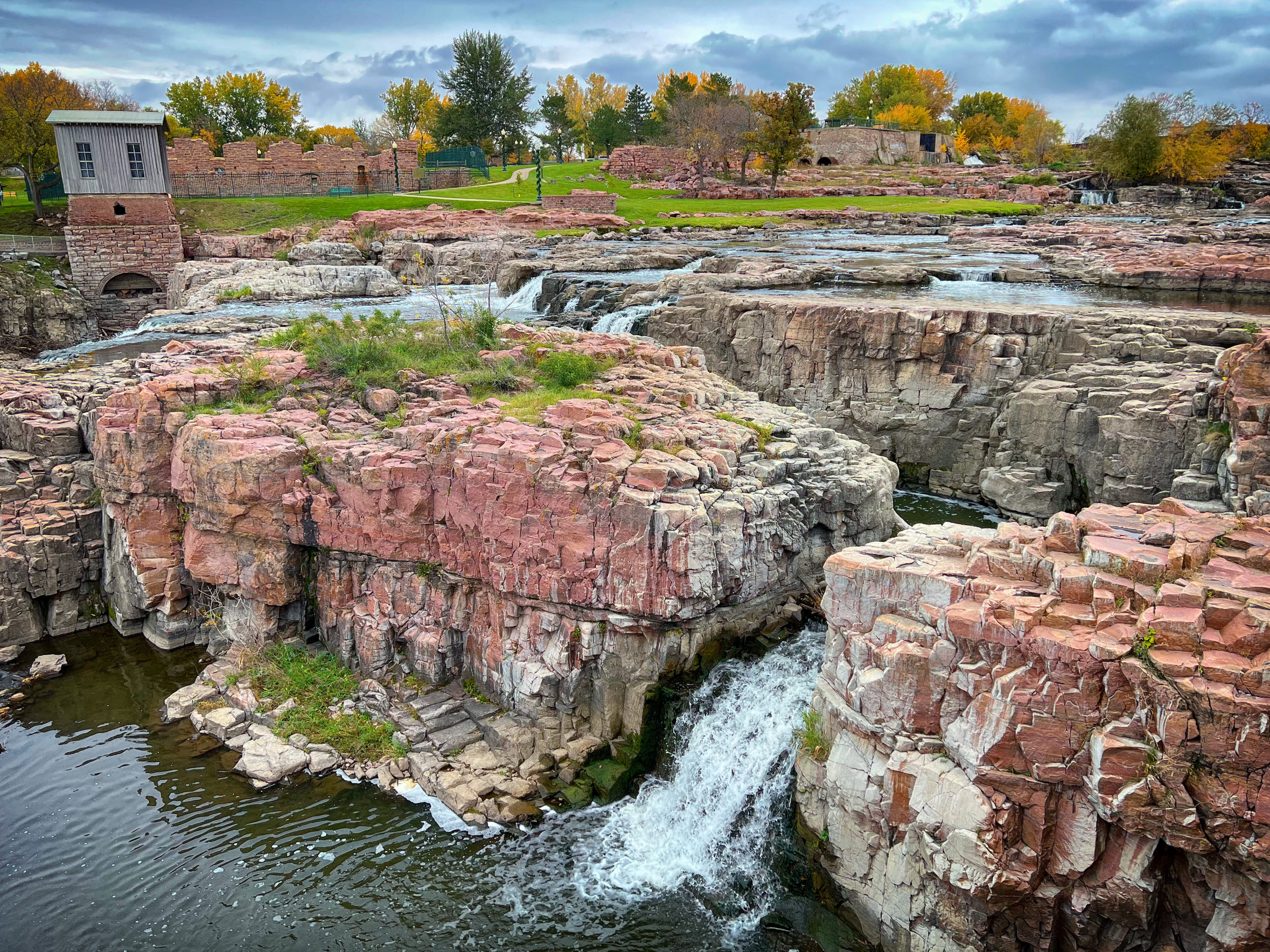
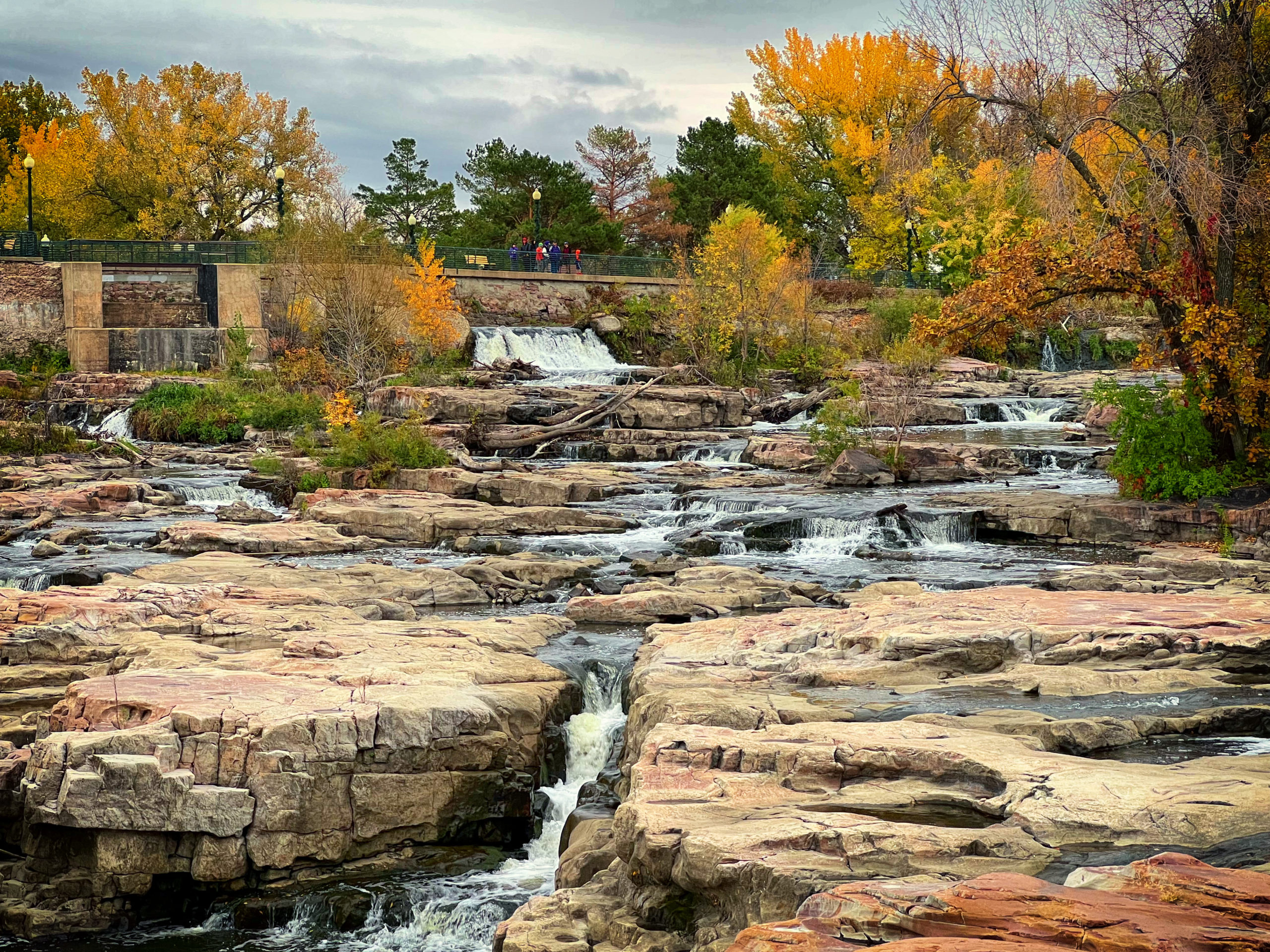
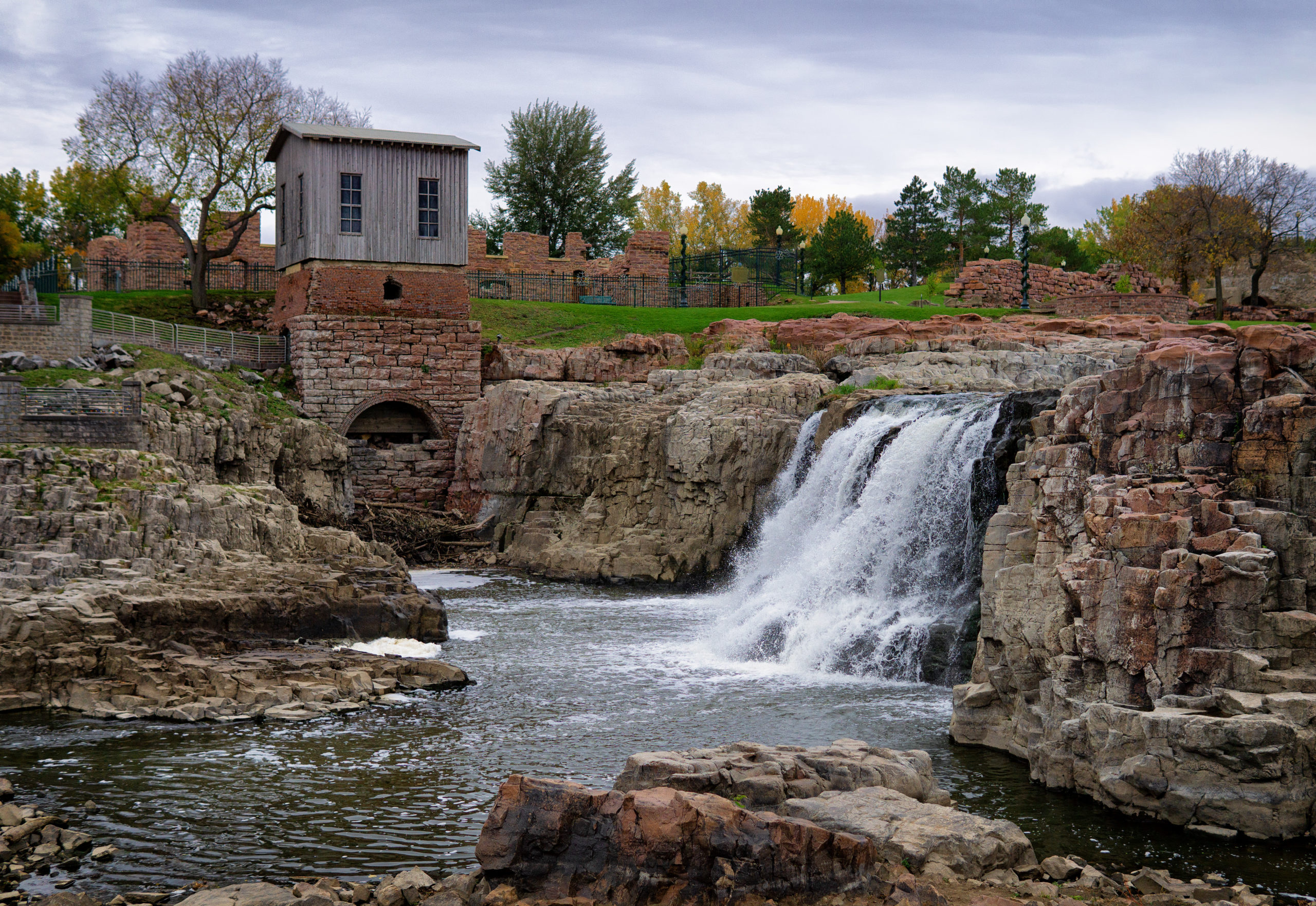
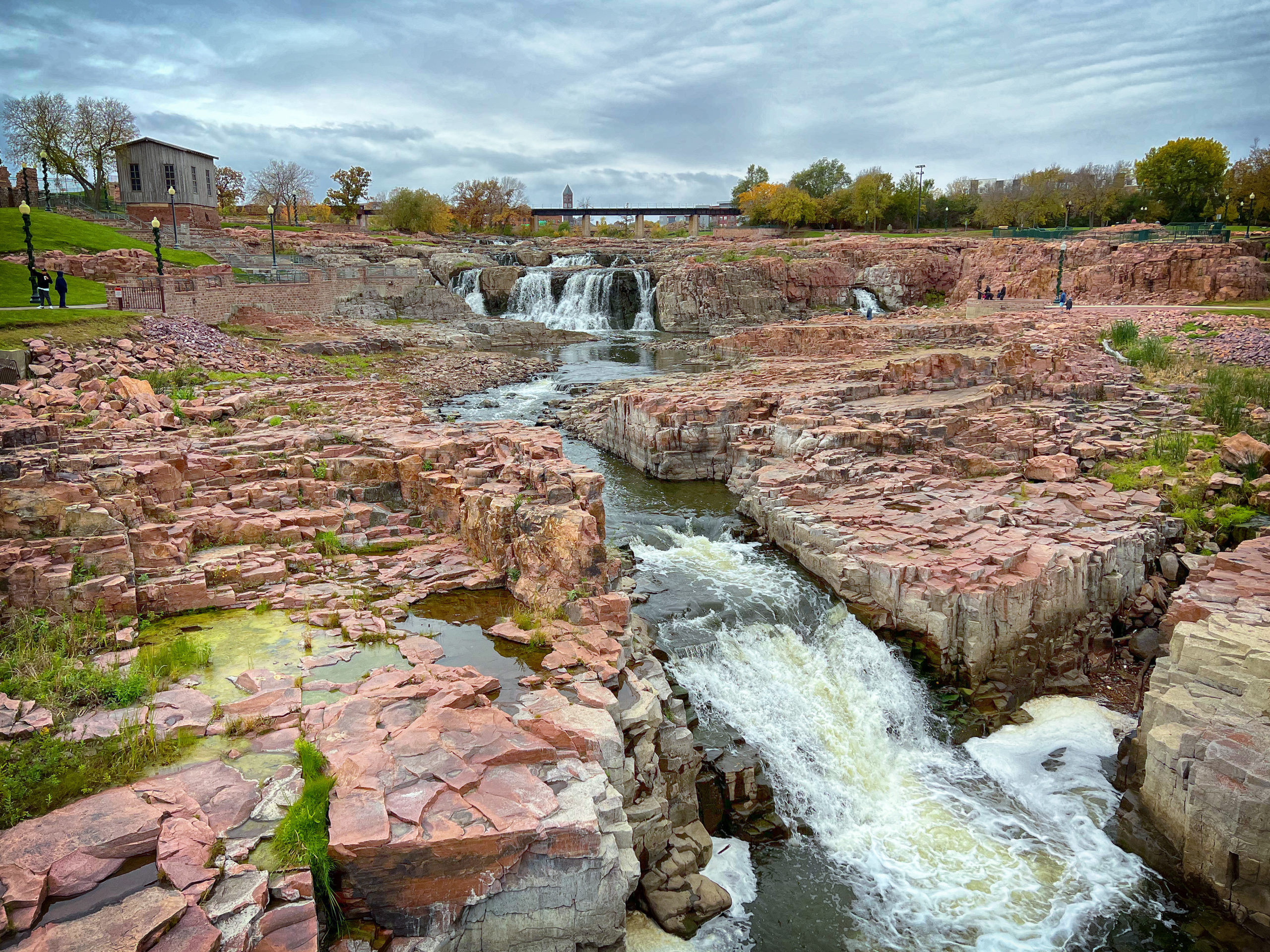
Traveled north last weekend. Stopped in Sioux Falls. It’s neat. More photos: https://flic.kr/s/aHsmX2MXh3
Apple Music’s Halloween Classical playlist has Dance of the Sugar Plum Fairy on it. I guess it’s a little mysterious sounding?
I have a cold but woke up today being able to comfortably hit A below low C, so I’ve got that going for me.




